What Is Plaster?
Important Point
Plastering is the process of covering uneven surfaces and rough walls in the construction of houses and other structures with a plastic material known as Plaster, which is a mixture of cement or lime concrete and sand along with the required quantity of water.
Different Plastering Ratios of Cement Mortar Used
| Mix Ratio of Mortar | General Usage Recommended |
| 1:3 | • As its a rich mortar mix, and it is used where external walls are prone to severe climatic conditions. • It is also used for repair works. |
| 1:4 | • Used for Ceiling and external walls |
| 1:5 | • Brickwork Mortar and for Internal Plaster |
| 1:6 | • For Internal Plaster (fine sand is available) |
Also, read: Difference Between Carpet Area and Built-up Area
Quantities Of Cement, Sand, And Water In Various Plaster Mix Ratio:
| Area | Plaster thickness | Mix Ratio of Mortar | Cement | Sand | Water |
| 10 sqm | 12 mm | 1:3 | 49.37 kg | 3.77 ft3 | 44lit |
| 10 sqm | 12 mm | 1:4 | 39.29 kg | 3.99 ft3 | 44lit |
| 10 sqm | 12 mm | 1:5 | 32.54 kg | 4.14 ft3 | 44lit |
| 10 sqm | 12 mm | 1:6 | 27.8 kg | 4.24 ft3 | 44lit |
Requirements of Good Plaster
- It should adhere to this background and should remain adhered to during all climatic changes.
- It should be cheap and economical.
- It should be hard and durable.
- It should be possible to apply it during all weather conditions.
- It should effectively check the penetration or entry of moisture from the surfaces.
- It should possess good workability.
Also, read: What Is a Field Dry Density Test | Different Type of Field Density Tests
History of Plastering
A form of plastering was utilized by primitive civilizations, creating durable and weather-resistant structures using mud.
The Egyptian pyramids contain plasterwork comparable to that used today that remains hard and durable some 4,000 years later.
Greek artisans utilized Plaster, mainly to cover the exterior of temples but sometimes also interiors.
Throughout history, plaster ceilings became increasingly ornamental, with those during the Tudor period being particularly extravagant.
However, the use of Plaster as a means of demonstrating artistic skill and expression had waned from the 19th century, when imitation and mechanical reproduction displaced it as a creative medium.
But, Plaster is still very commonly used as a surface finish for interior ceilings, and walls, and still sometimes for exterior walls.
Also, Read: Requirements of Good Plaster
Defects in Plastering
- Flaking
- Peeling
- Popping
- Cracks in Plastering
- Uneven Plaster Surface`
- The softness of the Plaster
- Blistering of Plastered Surface
- Rust Stains on Plastered Surface
- Efflorescence on Plastered Surface
Also, read: Testing for Silt Content in Sand
Requirements of Good Plaster
To provide an even, clean, smooth, regular, and durable finished surface with improved appearance.
- To conceal defective workmanship.
- To preserve and protect the surface.
- To provide a base for the decorative finish.
- To cover up the use of inferior quality and porous materials of the masonry work
Type of Plaster
- Gypsum Plaster
- Lime Plaster
- Cement Plaster
- Clay Plaster
- Heat-resistant Plaster
- Water-Proof Plaster
Gypsum Plaster
This is widely used plaster materials that can be mined naturally or produced as a by-product.
Therefore, important gypsum plaster that’s employed as under coat finish coat and replaced cement broadly and lime.
Moreover, small expansion of gypsum is considered significant propertied that prevent cracks and shrinkages.
There are various types of gypsum plaster that are produced by heating gypsum to a specific degree, for example, anhydrous gypsum manufactured by heating gypsum up to 170 Co, hemihydrates gypsum produced by heating gypsum more than 170 Co.
Furthermore, depending on applications for ceilings or walls, gypsum plasters could be categorized like casting, undercoat, finish, one coat, and machine applied Plaster.
Also, read: 10 Best Cement Companies In India
Lime Plaster
This brings us to Lime Plaster, which, as stated earlier, is made up of sand, lime, and water. The lime in question is generally Non-Hydraulic Lime, which, of course, can also be called Lime Putty.
Incredibly, the use of Lime Plaster dates back as far as 7200BC, where statues sculpted in Lime Plaster were found buried in a pit in the archaeological site of a Ghazal in modern-day Jordan. This is the perfect example of just how durable Lime Plaster is as a building material.
Often products may be used as both a Lime Plaster and a Lime Render since the Lime Putty utilized is durable enough to withstand the weather conditions encountered in external use.
This is just one of many benefits of using lime Plaster or lime render. Though this on climate and geographical location. For any help choosing the right lime plaster, please do get in touch.
Also, read: What Is Plinth | What Is Plinth Protection | Purpose of Plinth Protection
Clay Plaster
Clay plaster is considered to be a more sustainable alternative to modern plasters, using a lower embodied energy than gypsum, lime, or cement-based plasters.
It’s available with fiber additives to increase its strength and in a range of natural colors. It is breathable and doesn’t need to be painted.
Heat-Resistant Plaster
Heat-resistant plaster is a building material used for coating walls and chimney breasts and also for use as a fire barrier in ceilings.
Its purpose is to replace conventional gypsum plasters in cases where the temperature may get too high for gypsum plaster to stay on the ceiling or wall.
Water-Proof Plaster
Waterproof plaster is needed for the protection of the masonry wall from the ingress of moisture and thus eliminating or reducing dampness of the wall.
The plaster is made from sand and cement mix 1: 2. Pulverized alum is added at the rate of 12 kg per cubic meter of sand.
Softsoap in the rate of 75 gms per liter is added from the water for mixing. Alum and soap react chemically and seal the pores from the plaster.
Plaster Mix Ratio
Mix cement and sand in the ratio of 1:6 (1 cement:6 sand) for inner plastering of bricks. And for outer plastering mix it in the ratio of 1:4. On a brick wall never do plastering of thickness more than 12 or 15mm. At one go, avoid plastering of more than 12mm thickness.
What Is Plaster?
Plaster is a building material that is commonly used to cover walls and ceilings. It is made by mixing gypsum powder with water to form a paste, which is then applied to a surface in a layer. As the plaster dries, it hardens and forms a smooth, durable surface that can be painted or decorated.
What Is Plaster Used For?
plaster, a pasty composition (as of lime or gypsum, water, and sand) that hardens on drying and is used for coating walls, ceilings, and partitions. Plastering is one of the most ancient building techniques.
What Is Plaster in Construction?
Plaster is a protective coating that is applied to masonry in order to protect it from external agents and damage. It consists of a mixture between a mortar and a binder (hardener) that allows the plaster to adhere to the wall.
Plastering Ratio
A mixture of 1kg of water to 1.5kg of gypsum plaster, for example, can be expressed as 2 parts water to 3 parts plaster, or a 2:3 ratio. Usually, the equation is expressed in terms of 100 parts of plaster. The 2:3 ratio would then become 67:100.
Plaster Mix Ratio
The water/plaster ratio is referred to as consistency. It is expressed as parts water per 100 parts plaster. Typical consistencies for Pottery Plaster (K60) range from 60-75 (60-75/100). Slip casting molds water/plaster ratio of 1 lb. : 1-1/2 lbs.
Mortar Ratio for Plastering
12 MM thick cement mortar in 1:4 ratios is recommended on the walls where smooth side exists. Either 9 or 4.5 MM thick and 15 MM thick cement plaster in 1:4 ratios is recommended on the rough side of the walls.
Cement Plaster Ratio
6 MM thickness of cement plaster and cement mortar 1:3 or 1:4 is recommended for cement plastering on RCC surfaces, on the RCC walls, Fascia etc. or as directed by the Engineer, 6 MM to 10 MM thickness of cement plaster and cement mortar in 1:3 or 1:4 ratios is recommended for underside of RCC slabs.
Mix Ratio for Plastering
Three different ratios are broadly suggested for your mix: 1:3 for rich mortar for repair work and filling of cracks; 1:4 for external plastering; and 1:5 and 1:6 for internal plaster work.
Plastering Work Ratio
Plaster of mix ratio 1:4 mean that it contains one part of cement and 4 parts of sand by volume. Since the amount of cement and sand changes with the change in the mix ratio, it is one of the most important factors in determining the quantities.
Plastering Proportion
The ratios mentioned in plastering are volumetric ratios of Cement & Sand (Ex. Cement:Sand = 1:5, 1 part of cement and 5 parts of sand in a mortar). The overall thickness of plastering should be minimum 20mm including two coats.
What Is the Ratio of Cement and Sand for Outer Plaster of Bricks?
Cement:Sand = 1:5, 1 part of cement and 5 parts of sand in a mortar). The overall thickness of plastering should be minimum 20mm including two coats.
Lime Cement Plaster Ratio
Cement lime mortar may be made at ratios of 1:0.25:3 (cement:lime:sand) for higher strength and durability down to 1:3:12 for a weaker mix capable of accommodating more movement. Cement lime mortar should not normally be used below the damp proof course (dpc).
Concrete Plastering Ratio
If you want to plaster with concrete mix then take 1 part cement and 2 part concreting sand. Whereas if you plan to use mortar mix for walls, then the ideal cement mortar ratio for plastering would consist 1 part cement and 4 to 5 parts of building sand.
Like this post? Share it with your friends!
Suggested Read –
- What Is Gypsum Plaster
- Difference Between 33, 43 and 53 Grade Cement
- What Is a Field Dry Density Test | Different Type of Field Density Tests
- What Is Slump Cone Test | Principle of Slump Test | Types of Concrete Slump
- Dog-Legged Staircase | What Is Staircase | Advantages & Disadvantage of Dog-Legged Staircase
Originally posted 2023-04-13 18:45:22.
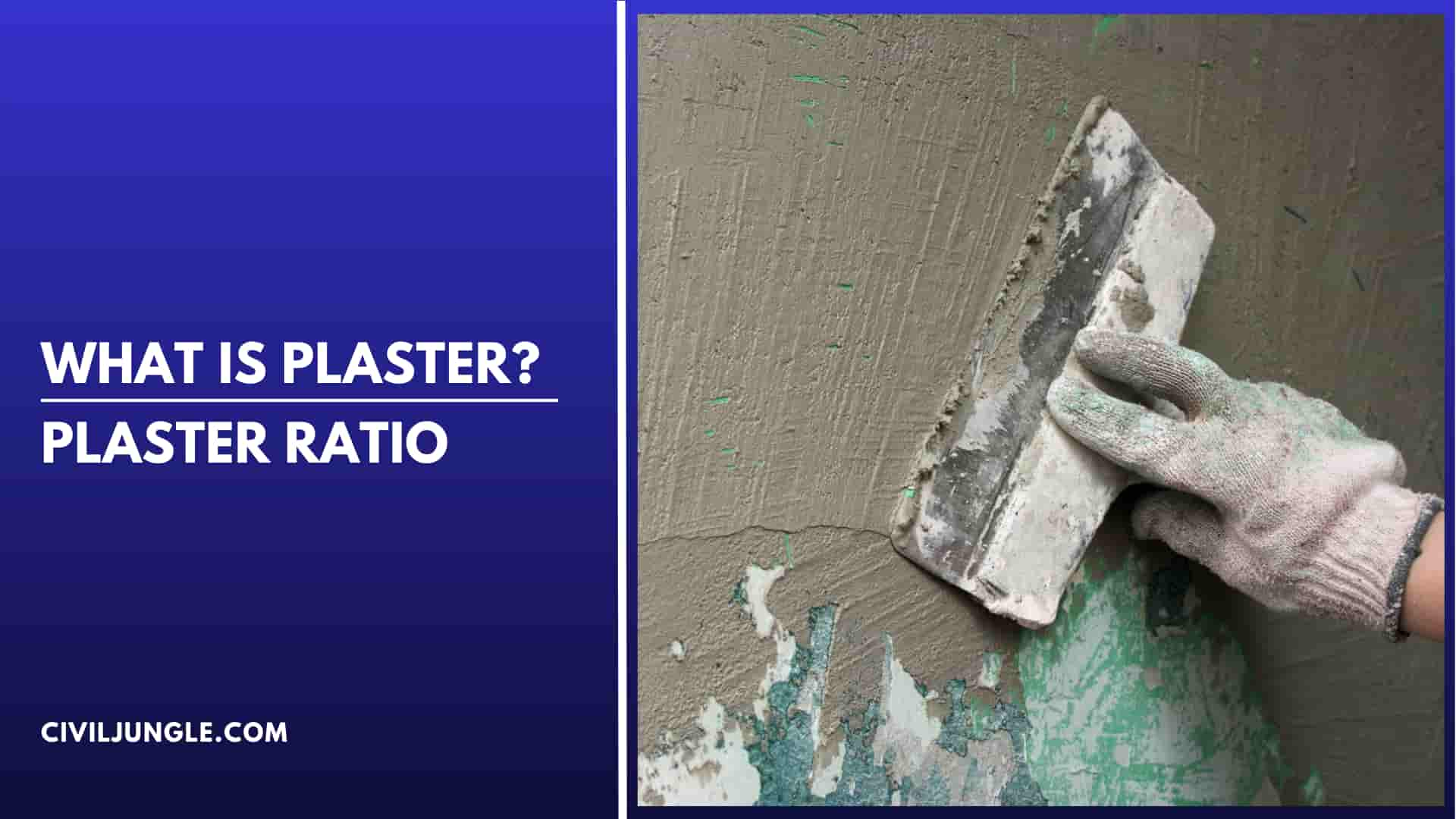
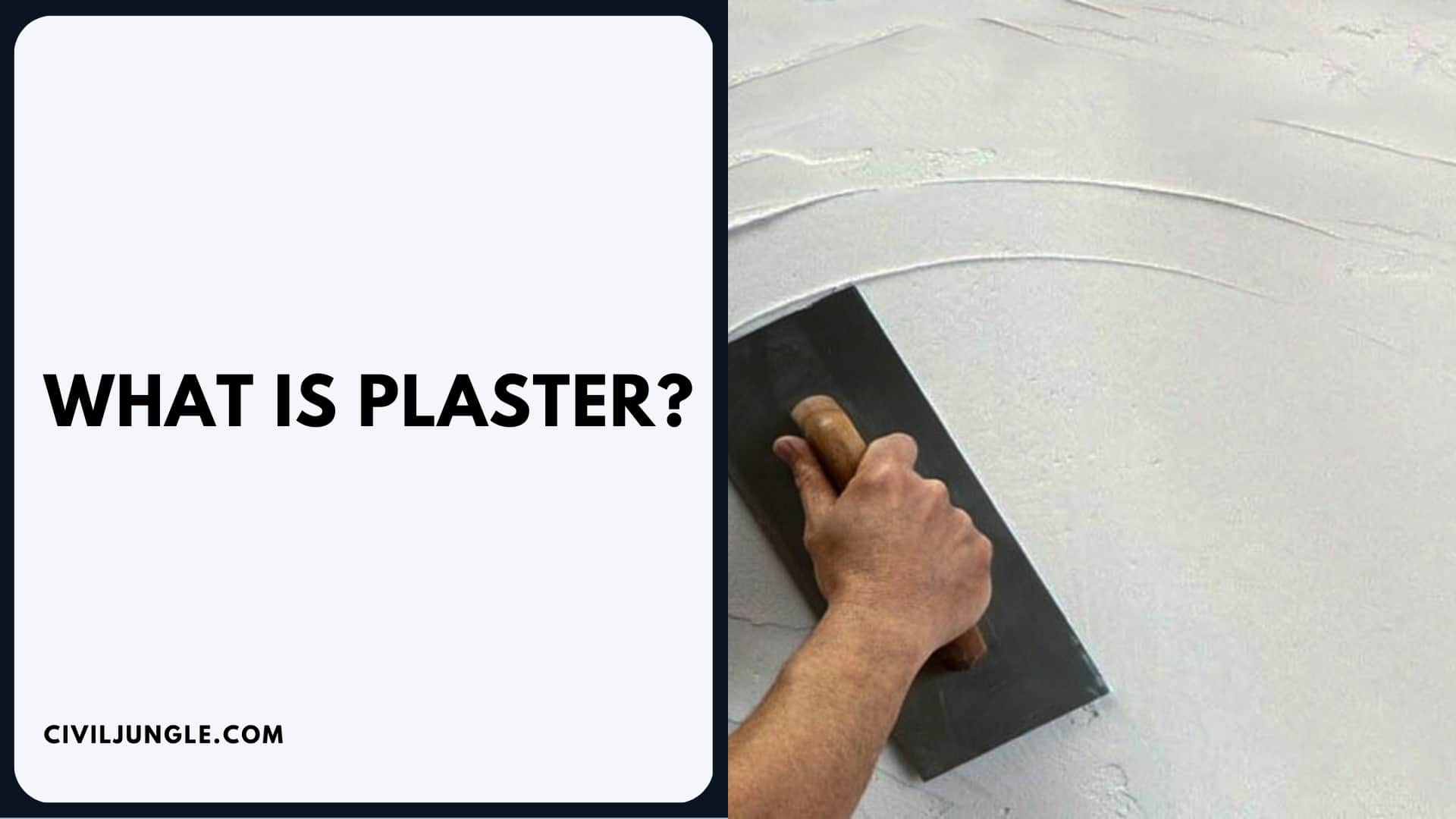
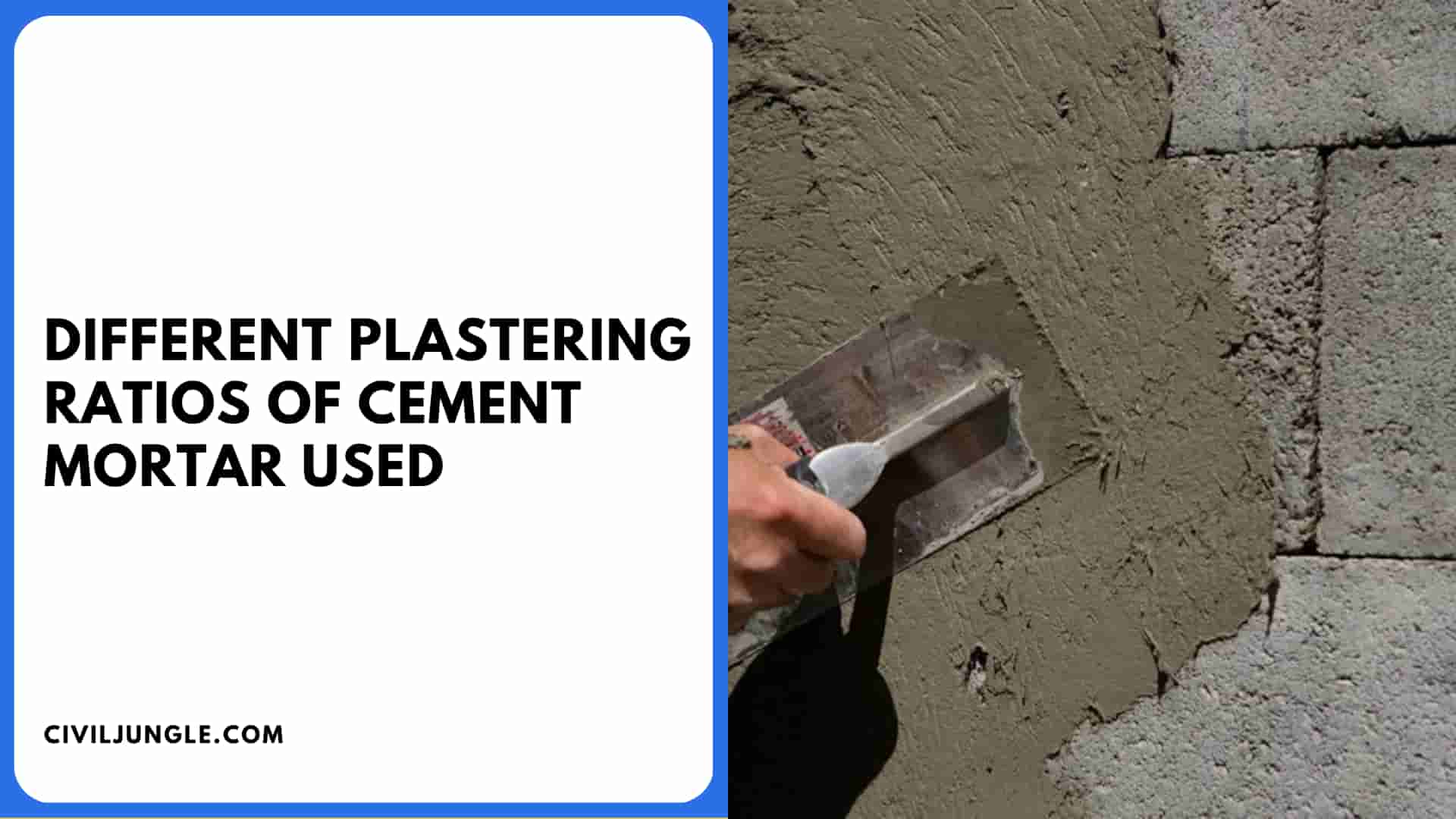
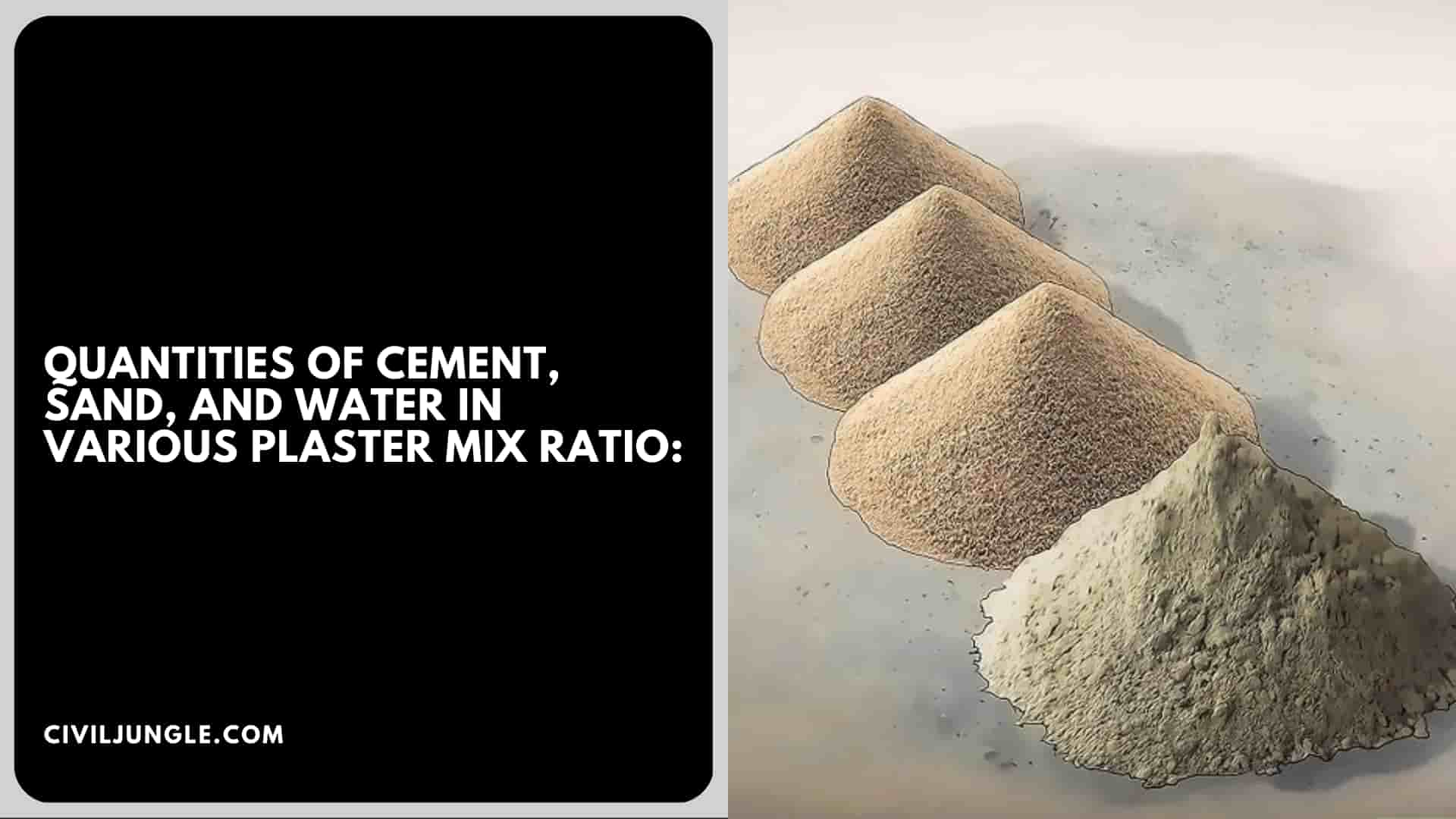
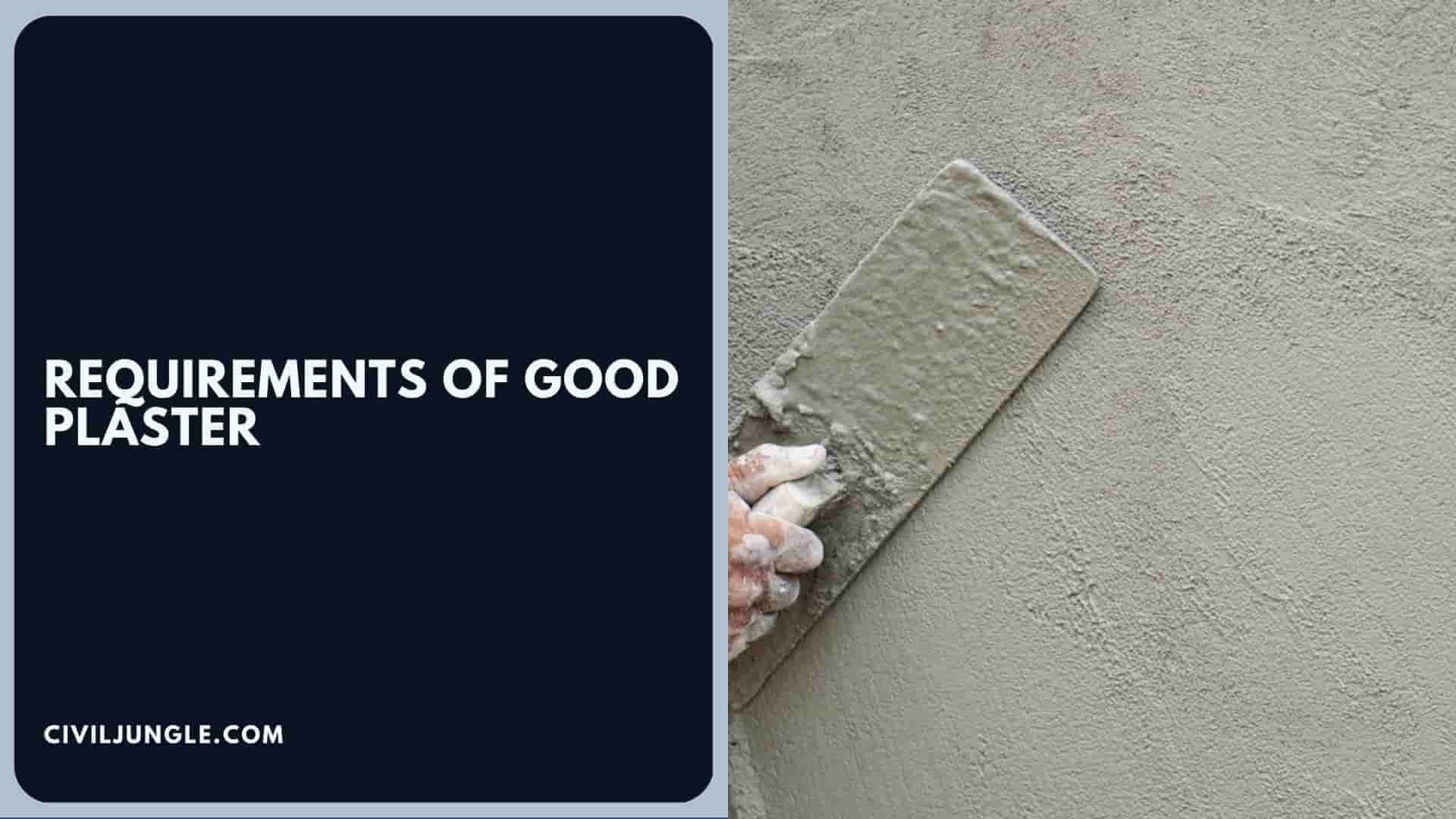
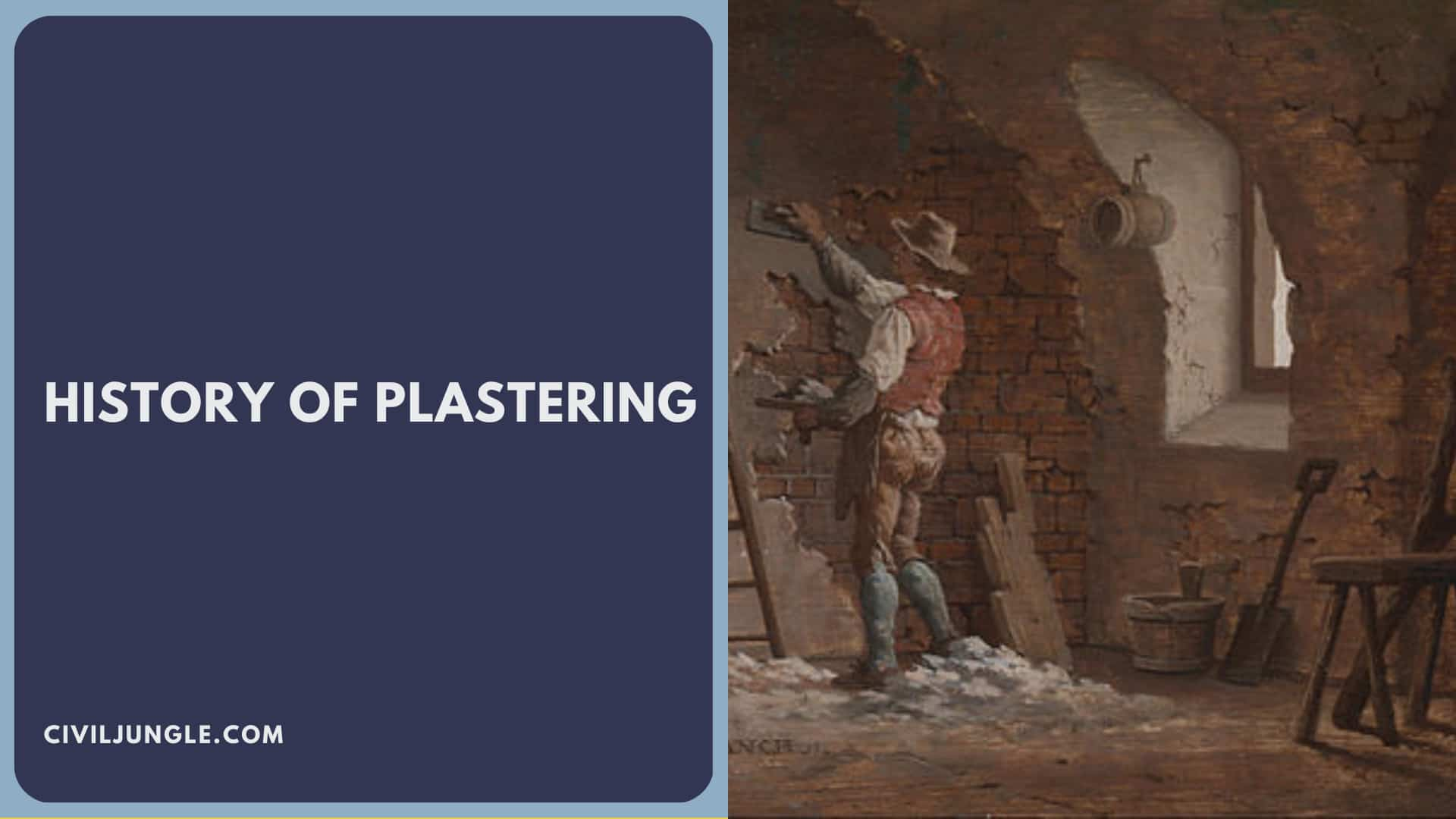
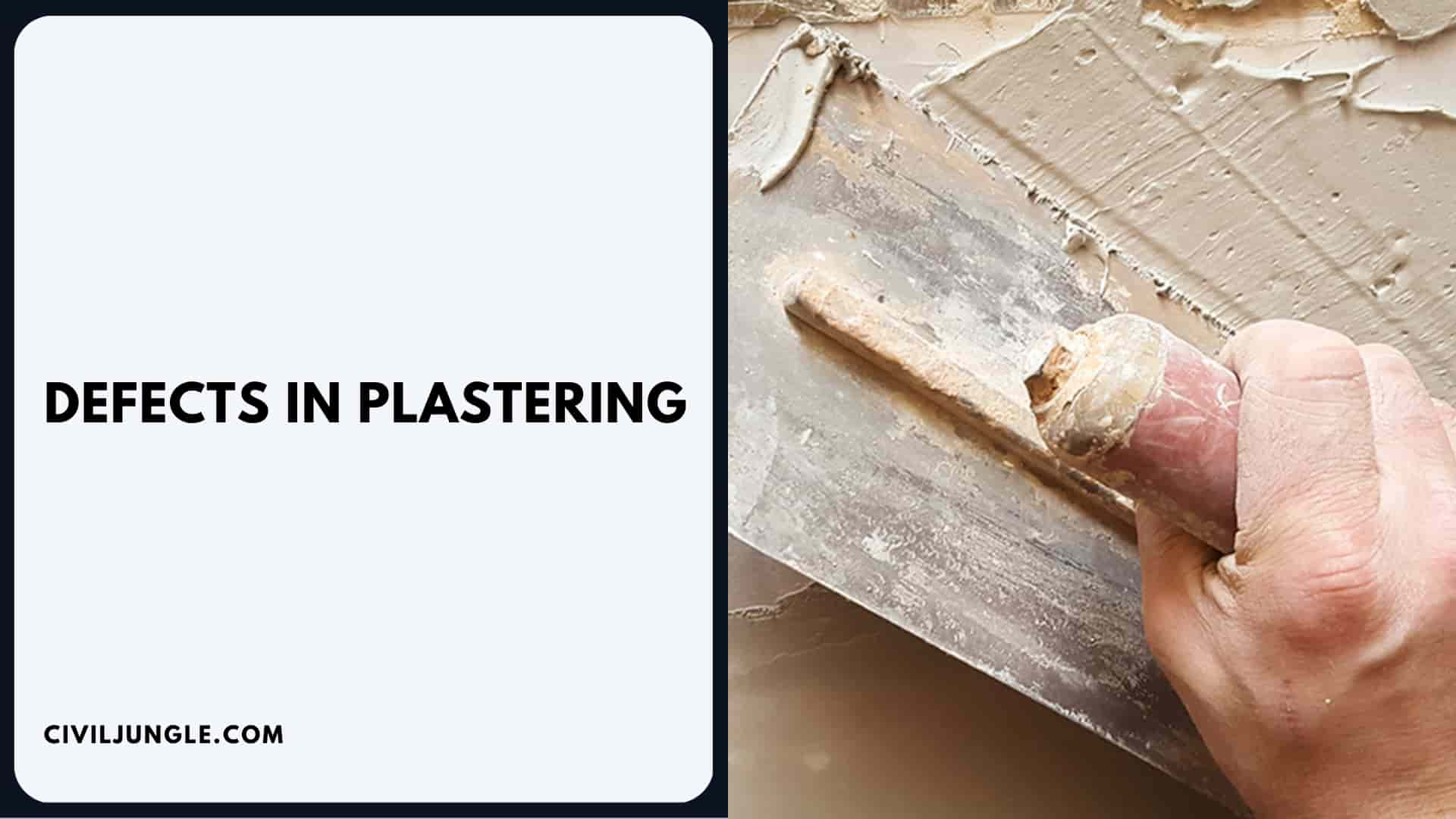
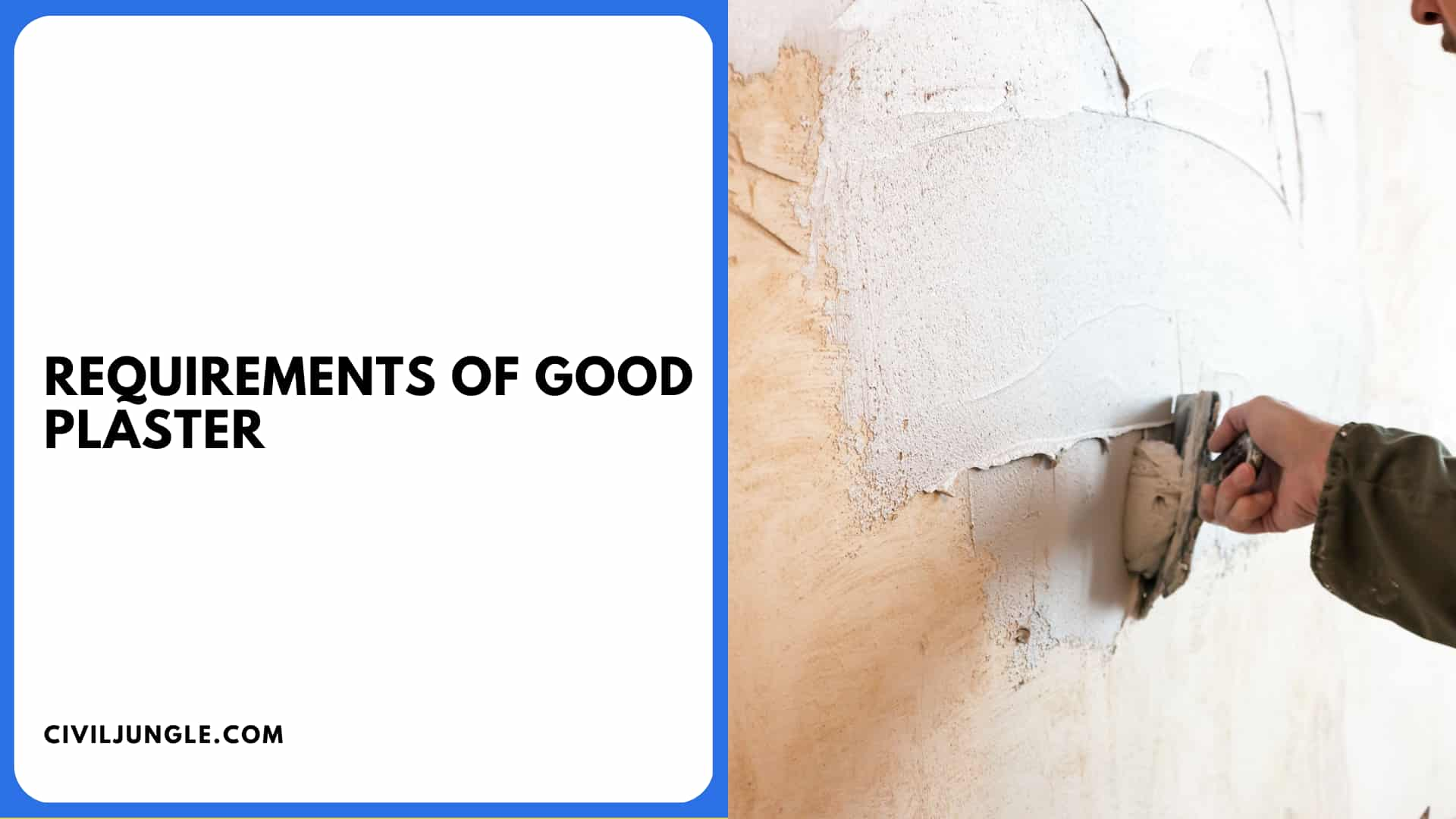

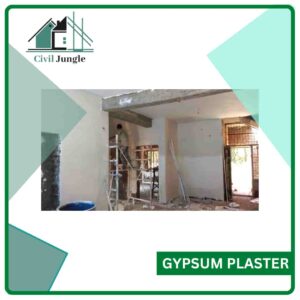
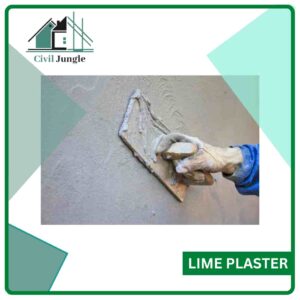
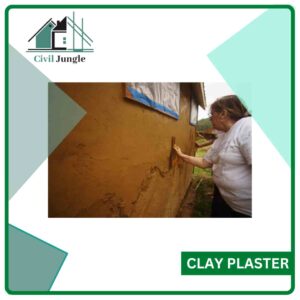

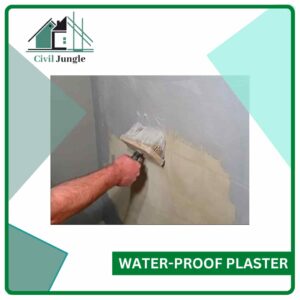

which proportion for ready mix plaster mortar
(Sand, gypsum, cement, lime recombined at a ready mix plaster plant)